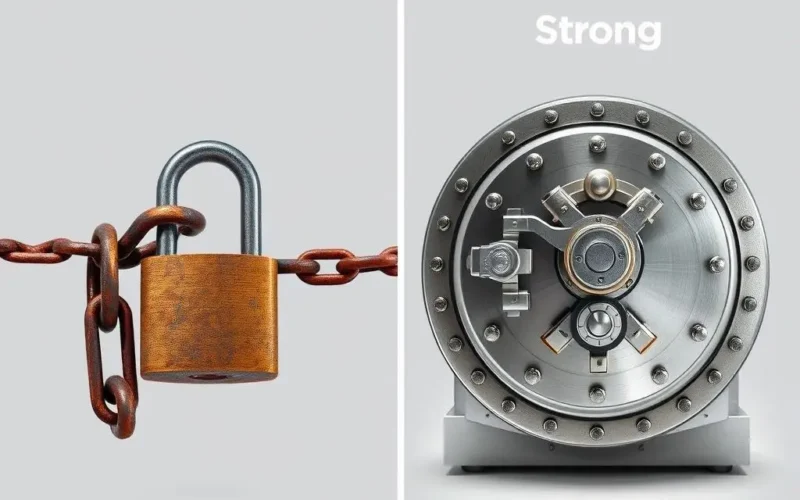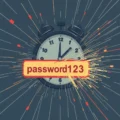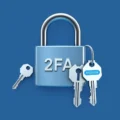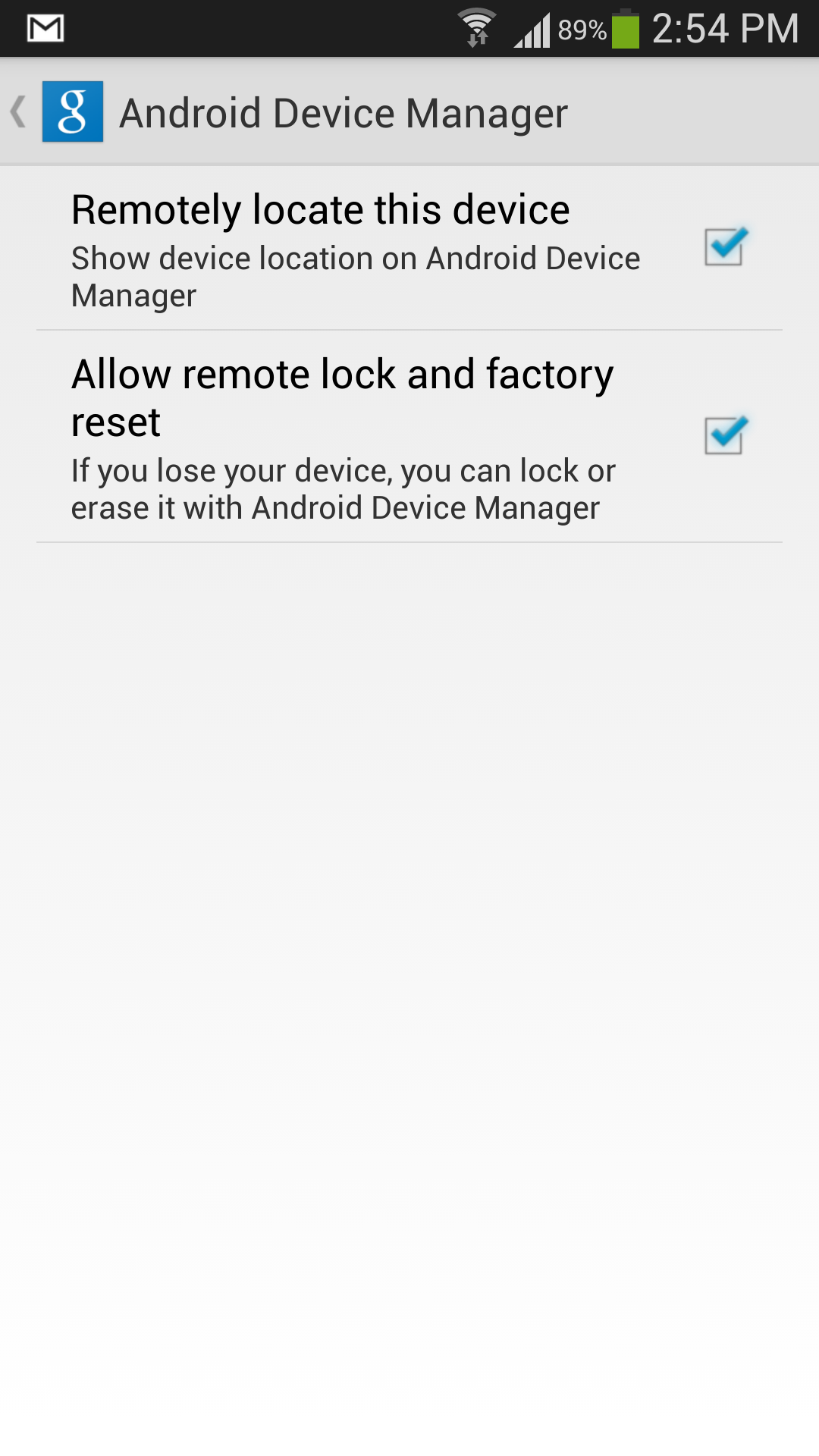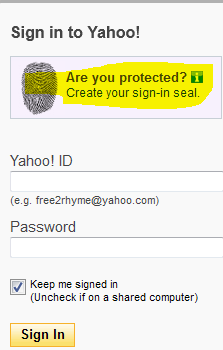Are you still relying on simple words, birthdays, or that trusty pet’s name for your online fortress? Let’s be honest, most of us have been guilty of choosing convenience over true security at some point. Maybe it’s ‘password123’, ‘qwerty’, or even just repeating the website name. These are like putting a sticky note on your door with the unlock code.
In today’s interconnected world, where everything from our finances to our personal photos lives online, relying on weak passwords is an open invitation to digital disaster. Cybercriminals, armed with powerful computers and sophisticated software, can guess or ‘crack’ these predictable patterns in seconds.
So, how do you create a password that actually stands a chance against modern threats? It’s time to go beyond the basics and understand the real secrets to digital lock and key security.
Table of Contents
Why Your Current Password Probably Isn’t Safe
The methods hackers use to discover weak passwords are constantly evolving, but they often rely on predictable human behavior. Here’s how common password choices fall short:
- Dictionary Attacks: Software tries millions of common words, names, and phrases from dictionaries in various languages. If your password is a single word, even with a number or symbol tacked on, it’s highly vulnerable.
- Brute Force Attacks: This involves trying every possible combination of characters until the correct one is found. While time-consuming for truly random passwords, it’s frighteningly fast for short, simple ones.
- Personal Information: Using birthdays, anniversaries, pet names, children’s names, or addresses makes your password easily guessable by anyone who knows you or can find this information online (and they can!).
- Predictable Patterns: Sequences like ‘123456’, ‘qwerty’, or repeating characters (‘aaaaaa’) offer almost zero protection.
Even slightly more complex single words are often found in leaked password databases that hackers use as a starting point. The truth is, complexity in a single word is often harder for us to remember and still relatively easy for machines to crack if it’s short.
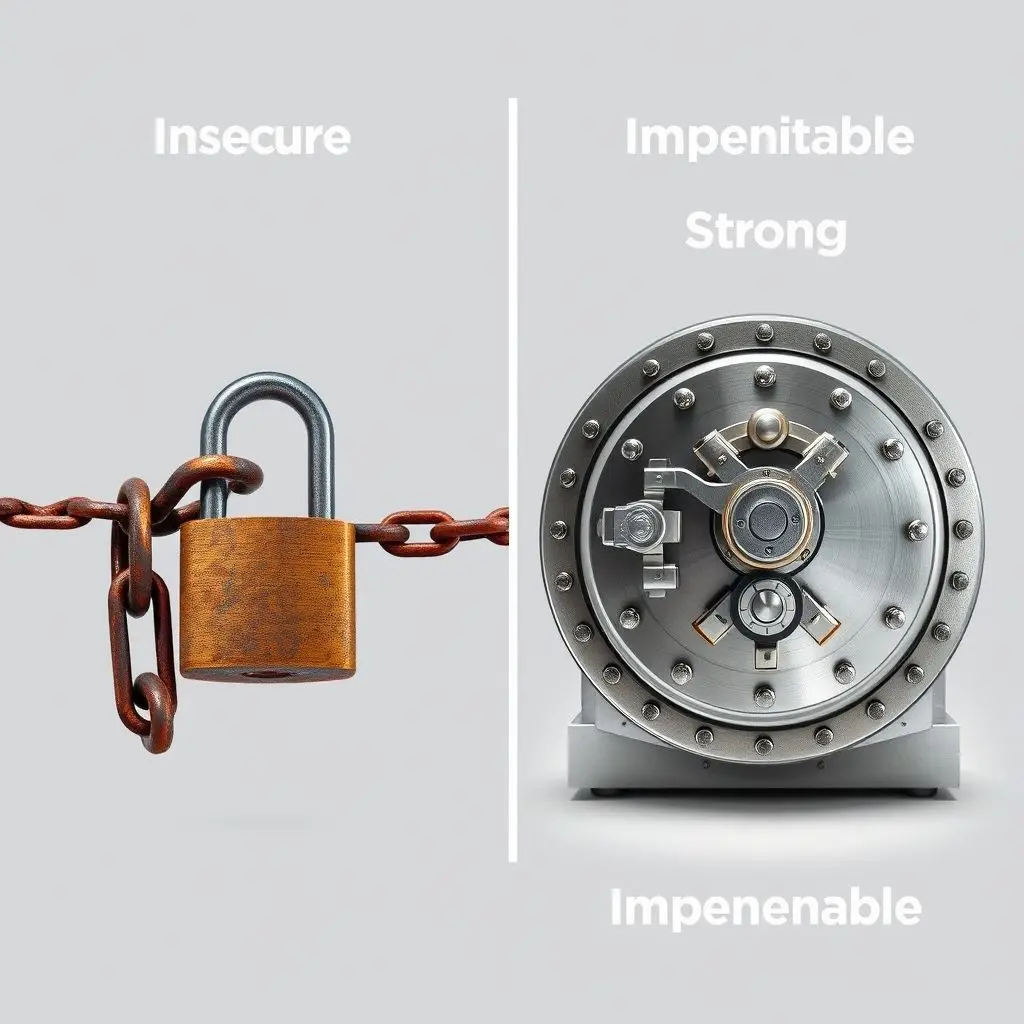
The Dynamic Duo: Length and Randomness
Forget the outdated advice of just changing letters to symbols or adding numbers to a short word. The real power in password strength comes from two key factors working together: length and randomness.
Think of it mathematically. Adding just one character to a password dramatically increases the number of possible combinations a computer has to guess. If that character is random, it prevents pattern-based attacks. Combine length with randomness, and you create a barrier that is computationally expensive and time-consuming to break.
Enter the Passphrase: Security Your Brain Can Handle
Instead of struggling to remember a complex string like ‘P@$$wOrd!7#’, think differently. Think passphrase.
A passphrase is a sequence of several random, unrelated words combined together. For example, ‘stapler cloud fuzzy waffle’. Individually, these words are simple and common. But strung together in this specific, random order, they create a unique, long sequence that is exponentially harder to guess than any single complex word.
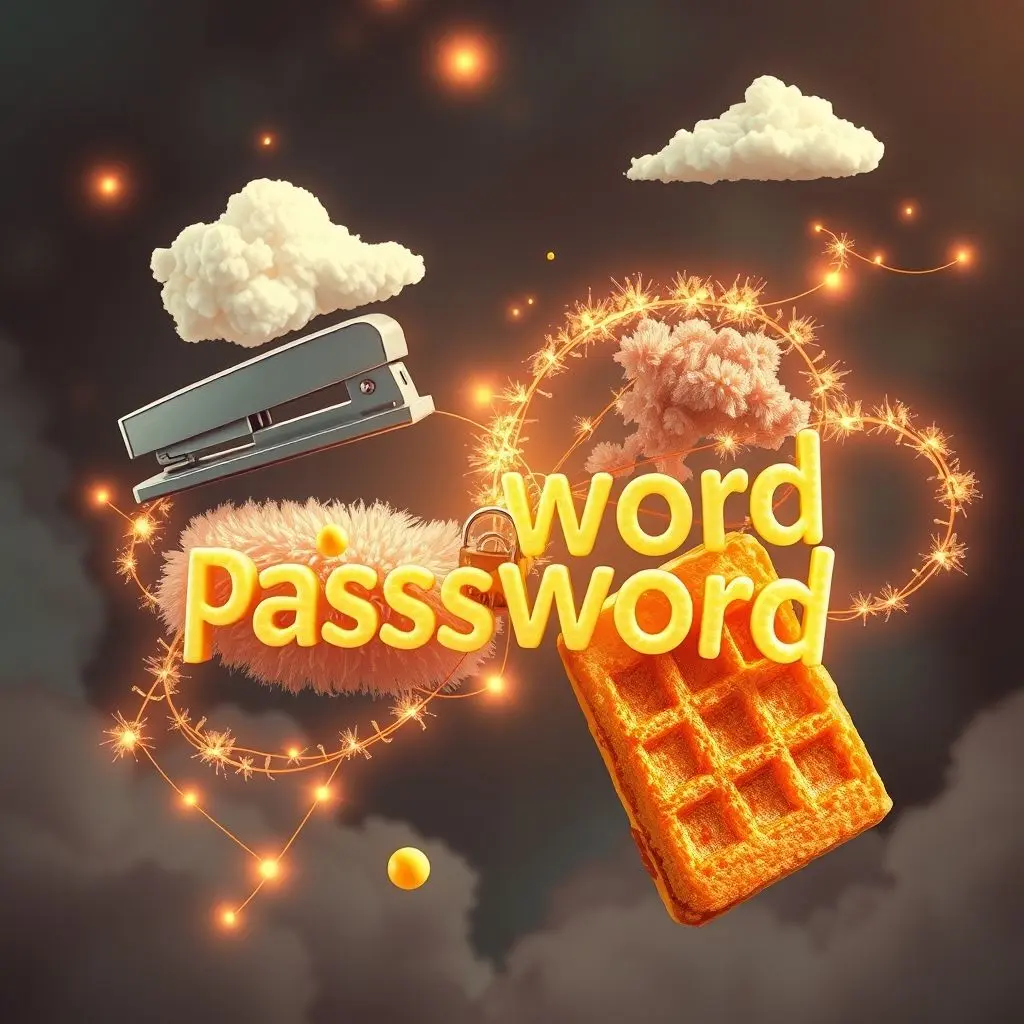
Why are passphrases effective?
- Length: They are inherently longer than traditional passwords, increasing the sheer number of possible combinations.
- Randomness: Using unrelated words prevents dictionary attacks based on common phrases or sentences. The randomness comes from the *combination* of words, not complex character substitutions within a single word.
- Memorability: While random, sequences of words are often easier for the human brain to recall than a jumble of letters, numbers, and symbols. You can often visualize the words or create a small story around them.
Creating a good passphrase is simple: pick four or more random words that have no logical connection to each other or to you. Avoid famous quotes, lyrics, or common idioms.
If you’re finding this helpful and perhaps feeling a little exposed about your current password habits, take a moment to check out this quick visual guide. It covers the essentials we’ve just touched upon and points you towards the next level of security:
The Golden Rule: Never Reuse Passwords
This cannot be stressed enough. Using the same password (or slight variations of it) across multiple websites is like using the same key for your front door, your car, your safety deposit box, and your office. If one site gets breached (and data breaches happen frequently, even to major companies), hackers gain access to your password, and they will immediately try that same password on your email, banking, social media, and other critical accounts. This is how one small leak turns into a flood of compromised accounts.
Every single online account should have a unique, strong password.
The Ultimate Weapon: Password Managers
Okay, creating unique passphrases for every single account sounds daunting, right? This is where the real game-changer comes in: a password manager.
A password manager is a secure application or browser extension that does the heavy lifting for you. It:
- Generates Strong, Unique Passwords: With just a click, it can create incredibly long, random, and truly unbreakable passwords for every new account you create.
- Stores Them Securely: All your passwords are encrypted and stored in a digital vault, accessible only with one strong master password that *you* create and remember.
- Autofills Credentials: When you visit a website, the password manager automatically fills in the correct username and password, saving you time and preventing phishing attempts (since it only autofills on the legitimate site).
- Helps You Update Passwords: Many managers can identify weak or reused passwords and prompt you to change them.
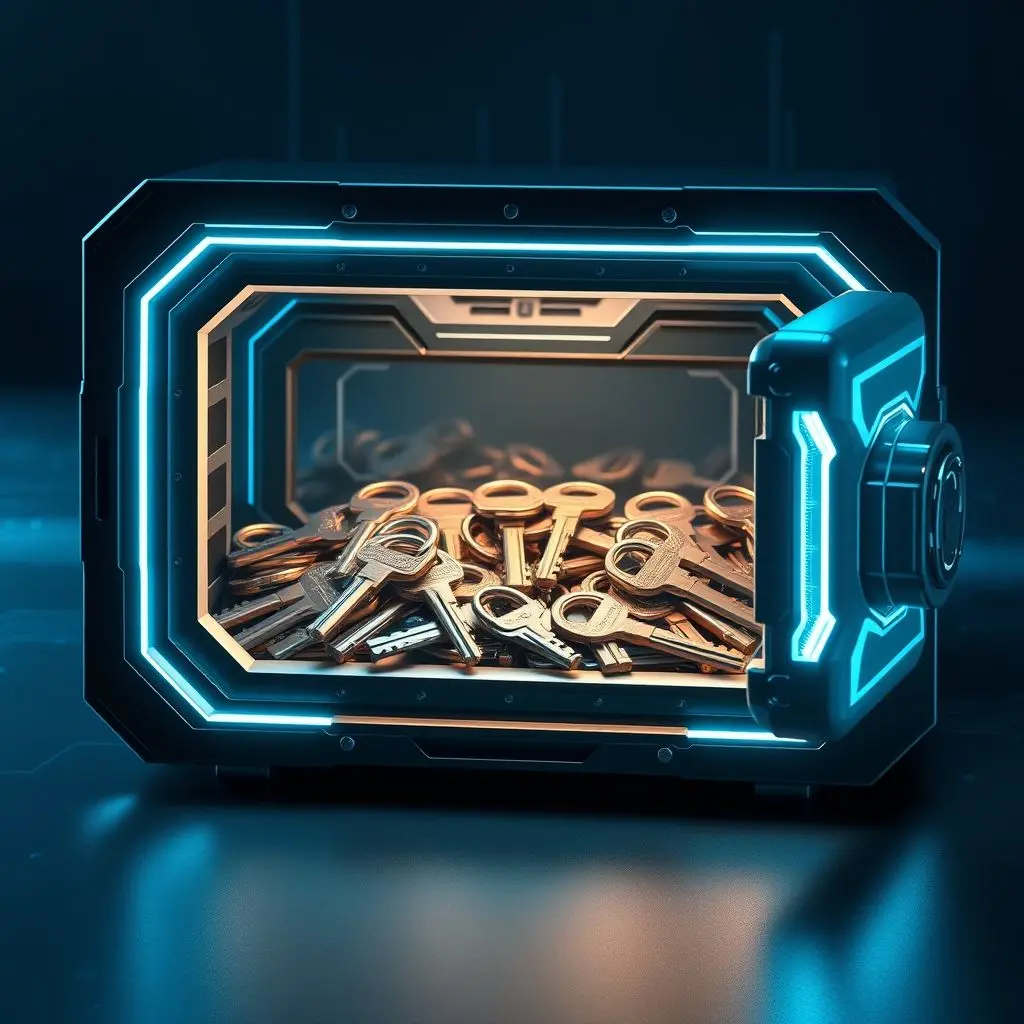
Choosing a reputable password manager (like LastPass, 1Password, Bitwarden, Dashlane, etc.) is one of the single best steps you can take to drastically improve your online security. Do your research, read reviews, and pick one that suits your needs and budget (many offer free tiers). Remember, your master password is the key to the kingdom, so make it incredibly strong and unique – perhaps a very long passphrase!
Doubling Down: Always Enable Two-Factor Authentication (2FA)
Even with the strongest passwords or a password manager, adding another layer of security is crucial. That layer is Two-Factor Authentication (2FA), sometimes called Multi-Factor Authentication (MFA).
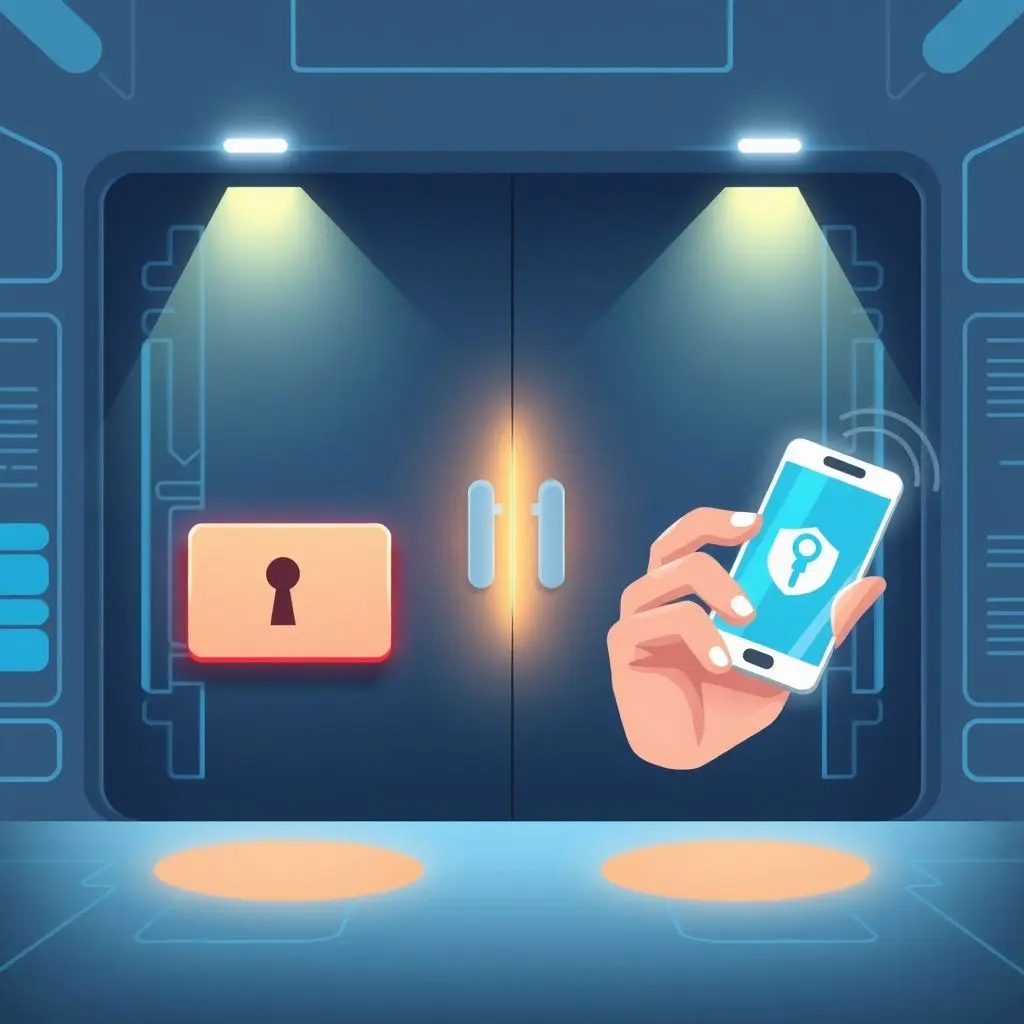
Here’s how it works: After entering your password (the first factor – something you know), the service requires a second factor to verify your identity (something you have or something you are). Common second factors include:
- SMS Codes: A code sent to your registered phone number. (Note: While common, SMS is less secure than app-based methods due to potential SIM swap attacks.)
- Authenticator Apps: Apps like Google Authenticator, Authy, or Microsoft Authenticator generate time-sensitive codes on your smartphone. This is generally considered more secure than SMS.
- Hardware Security Keys: Physical USB devices (like YubiKey) that you plug in or tap to log in. This is the most secure method available to consumers.
Enabling 2FA means that even if a hacker somehow gets your password, they still can’t access your account without also having access to your phone, physical key, etc. It’s an essential safety net.
Beyond Passwords: Extra Layers of Protection
While strong passwords and 2FA are foundational, consider these additional steps:
- Check for Breaches: Use sites like Have I Been Pwned (https://haveibeenpwned.com/) to see if any of your online accounts have been compromised in data breaches. If they have, immediately change your password for that site and any other site where you reused it.
- Be Cautious on Public Wi-Fi: Avoid logging into sensitive accounts (banking, email) when connected to unsecured public Wi-Fi networks. Use a VPN for added protection if you must.
- Regular Updates: Keep your operating system, browsers, and security software updated. These updates often include critical security patches.
Making Your Online Life More Secure
Moving away from simple, guessable passwords and embracing practices like passphrases, password managers, and two-factor authentication might seem like extra effort initially. However, the peace of mind and the protection they offer against identity theft, financial loss, and invasion of privacy are immeasurable. Your digital life holds valuable information; it deserves the strongest possible defense. Start small, perhaps by securing your most critical accounts first, and gradually extend these practices to all your online presence. Your future self will undoubtedly thank you for taking these steps.
